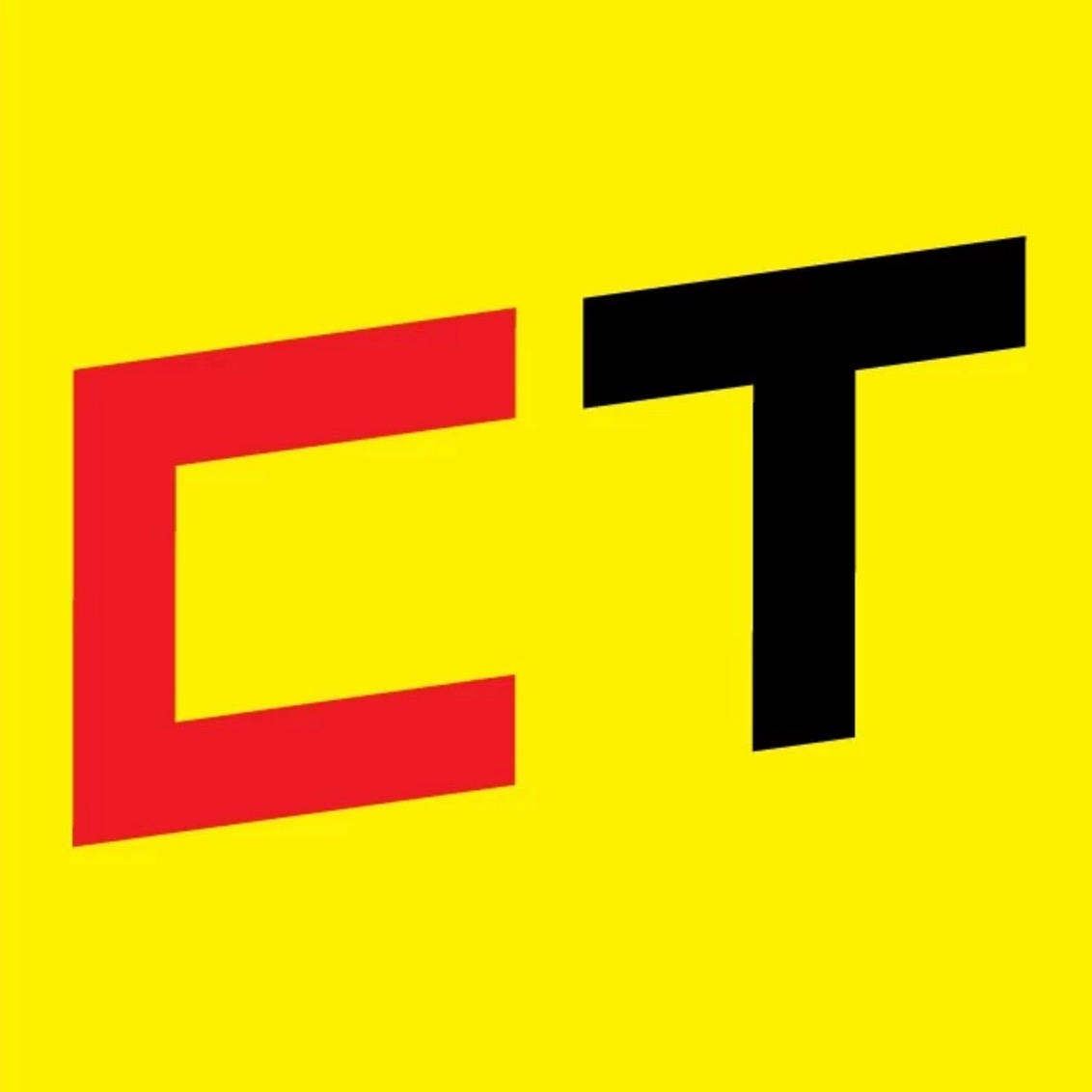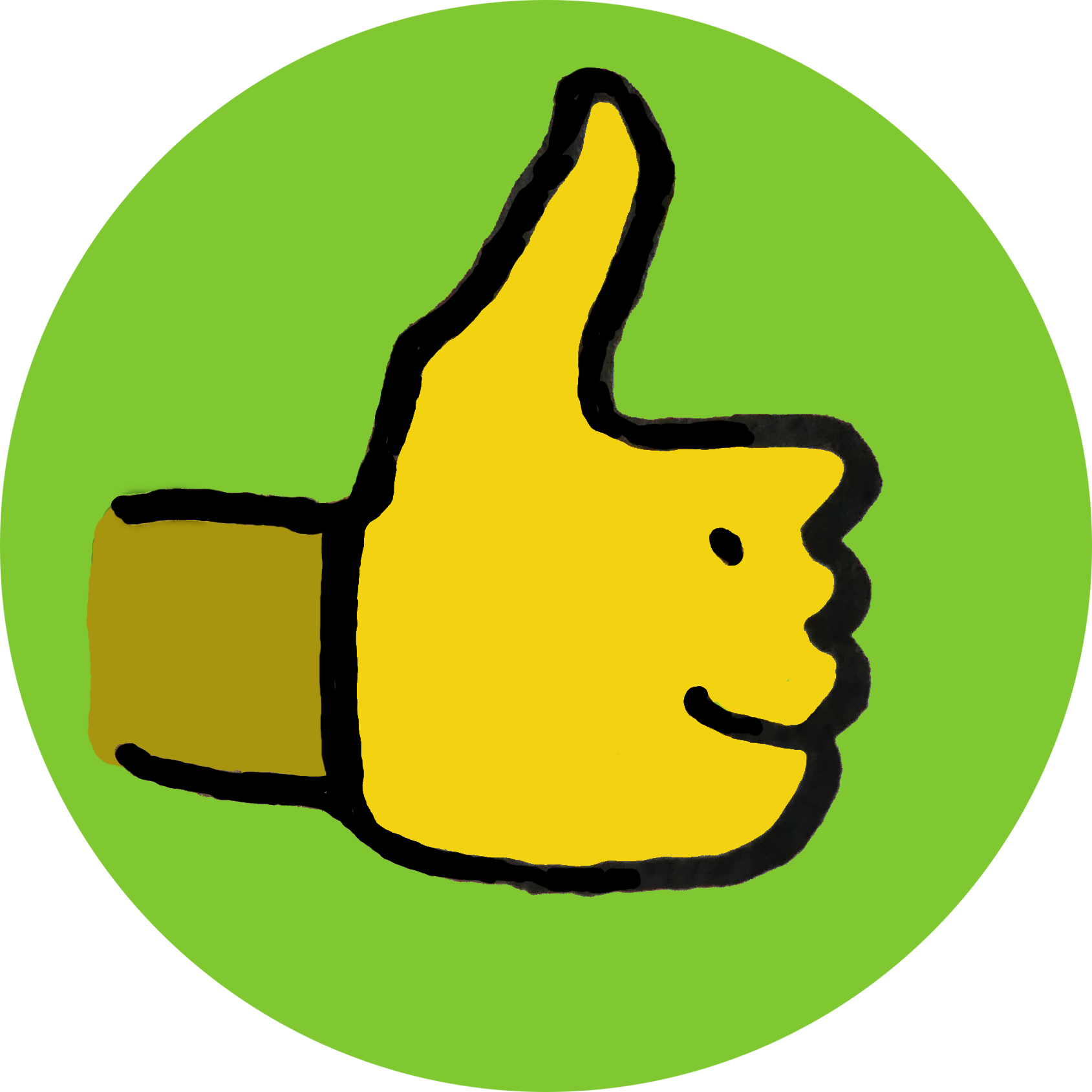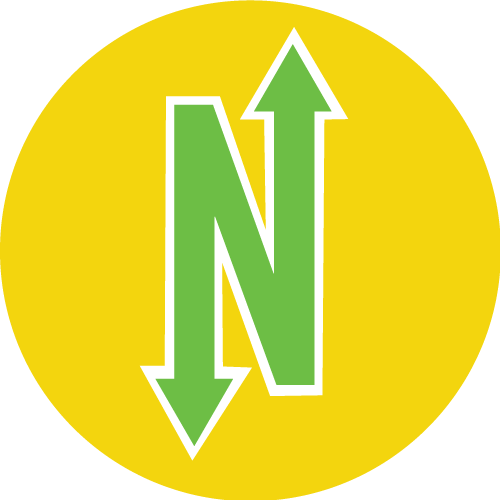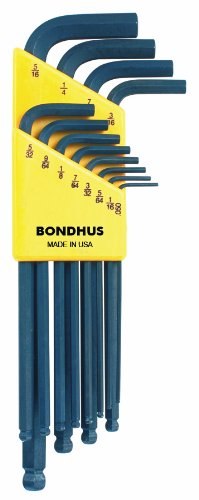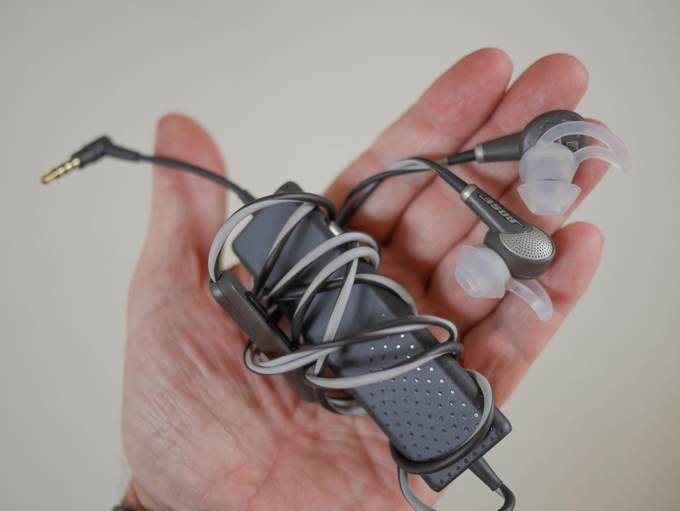18 November 2025
The Creative Architect / How to Talk to Girls at Parties
Issue No. 93
THE CREATIVE ARCHITECT – AN ICONIC ‘50S CREATIVITY STUDY FINALLY COMES TO LIGHT IN BOOK FORM
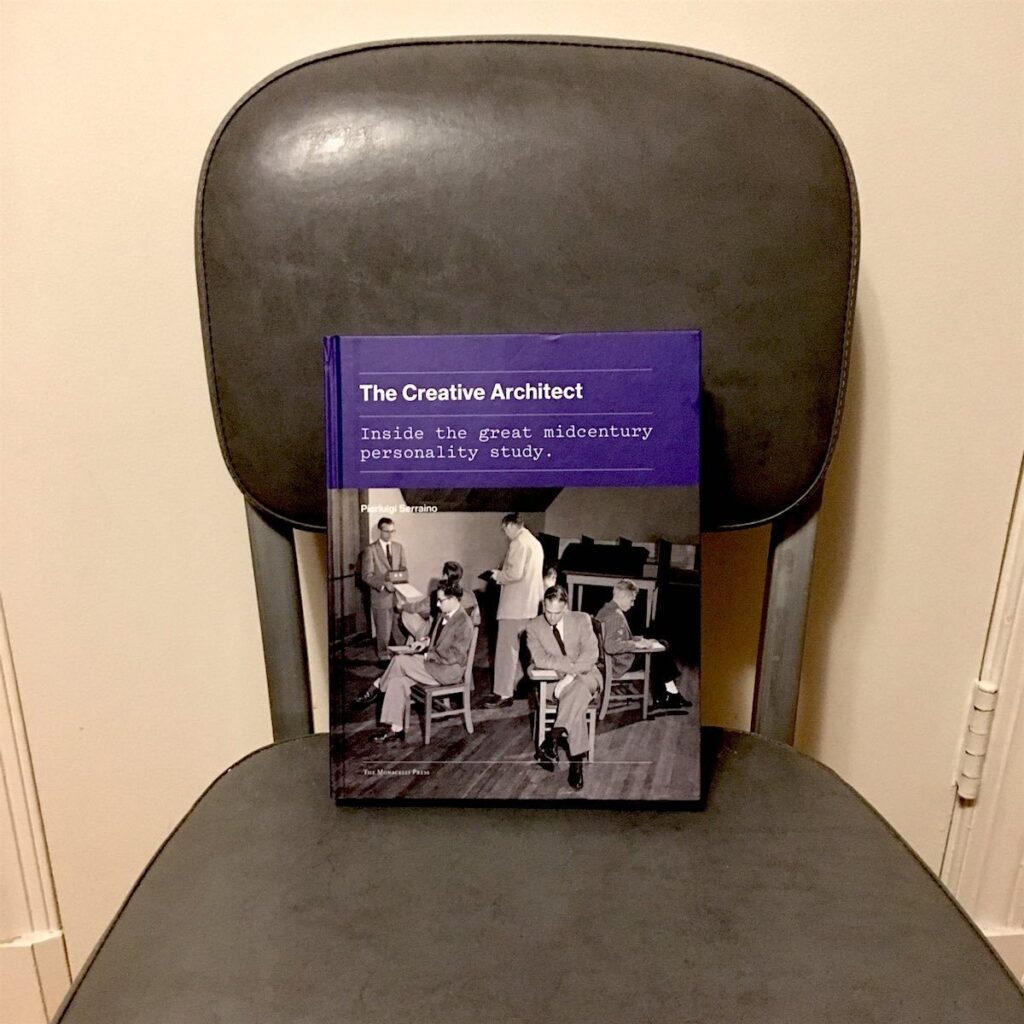
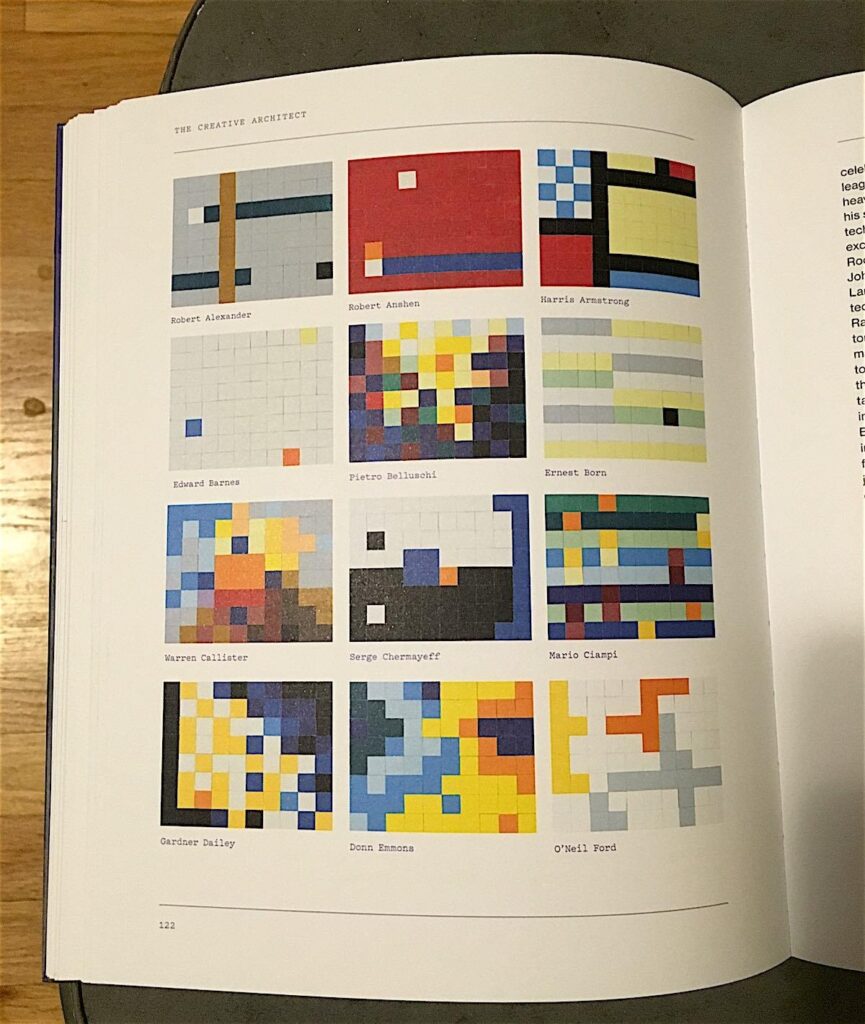
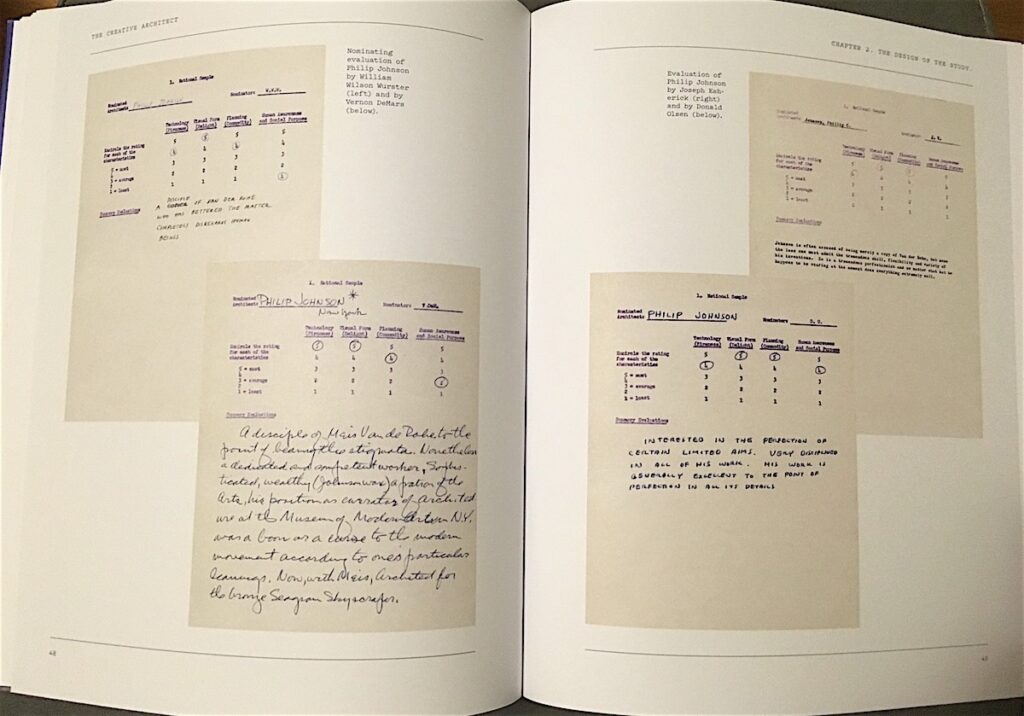

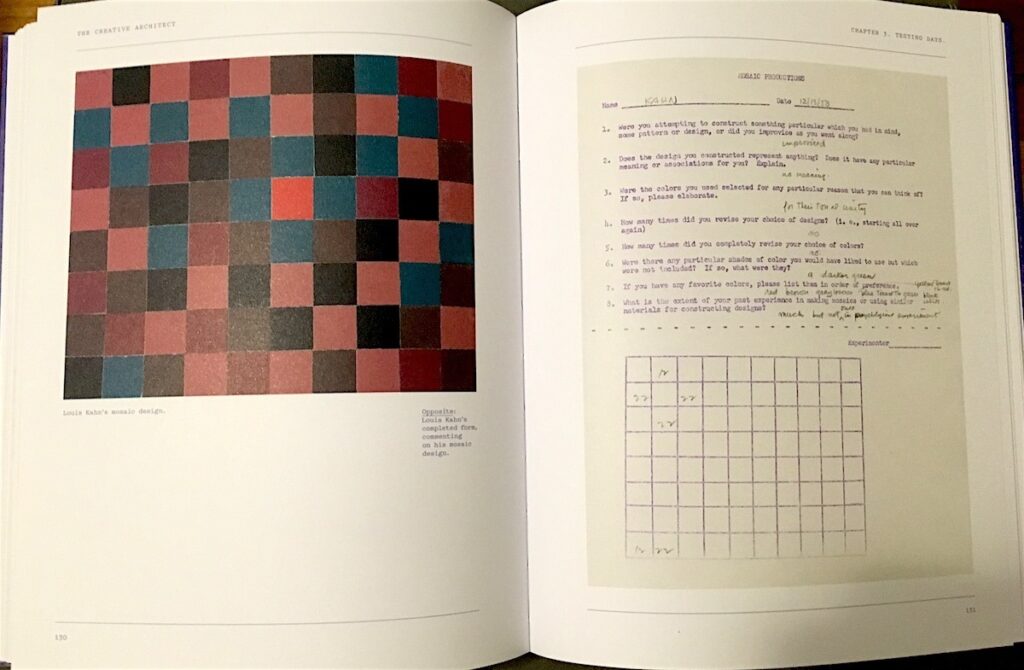
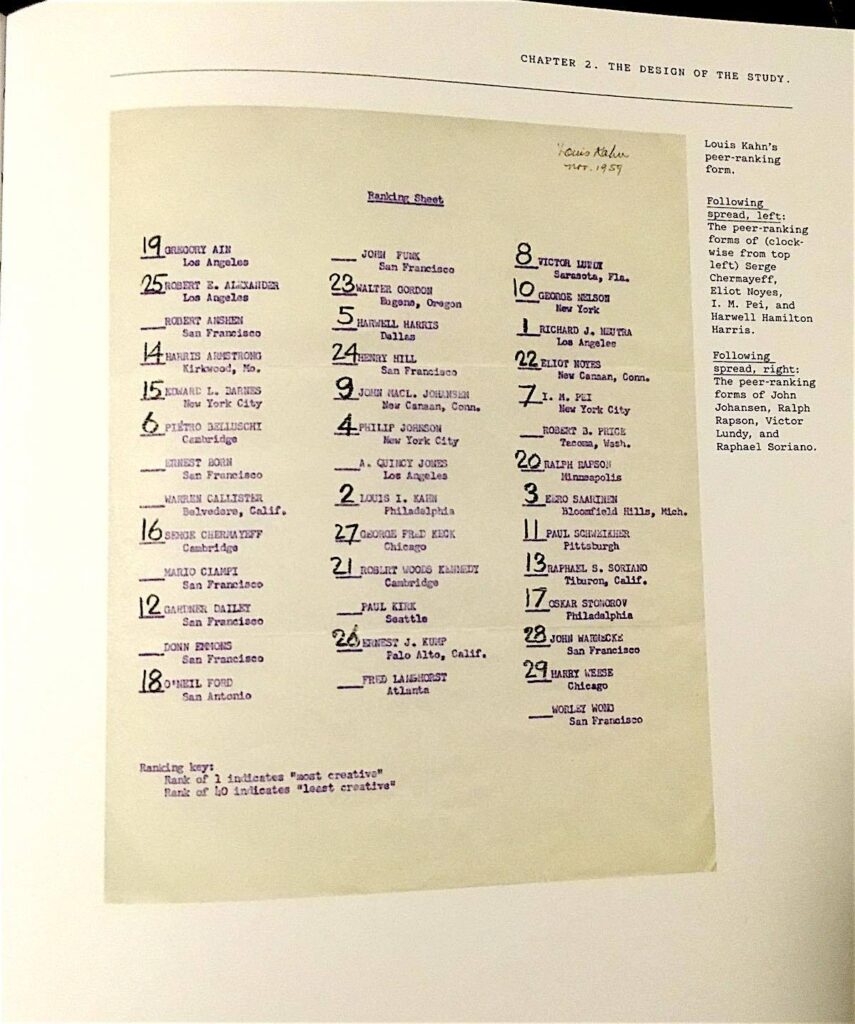
The Creative Architect: Inside the Great Midcentury Personality Study
by Pierluigi Serraino
Monacelli Press
2016, 248 pages, 7.7 x 9.25 x 1.1 inches
In 1958 and ‘59, an unprecedented study was conducted by the Institute of Personality Assessment and Research at the University of California, Berkeley. The idea was to apply the latest psychological tests on the world’s most famous and accomplished architects to try and determine what makes them so creative and successful. In studying them, could some magical key to creativity be discovered?
Astoundingly, some 40 major architects volunteered, including Eero Saarinen, I.M. Pei, Philip Johnson, George Nelson, Louis Kahn, and A. Quincy Jones. The group spent three days being subjected to a battery of tests, sitting for interviews, even evaluating the creative and design prowess of each other. While the idea was to publish the results of the tests at the time, besides some news and fluff pieces about the study, and some superficial conclusions about the nature of the creative impulse that drove these design superstars, the full results of the study have remained unpublished until this impressive new release from Monacelli Press.
The Creative Architect: Inside the Great Midcentury Personality Study is a lovely and thought-provoking time-capsule of a book. Through its numerous black and white photos and reprints of the research materials, correspondences between the subjects of the study and the psychologists, and news clippings of the day, the book paints a surprisingly evocative picture of this unique study and the era in which it was conducted. Reading the test results, in the architects’ own hands, and the evaluations of the researchers, is fascinating.
So, what conclusions did the study finally reach? Nothing earth shattering. Going into the study, the research group had circulated a list of “genius” attributes from a 1957 book about Freud, which included things like “the power of deep concentration, tremendous patience, and self-discipline…” and “ability to generalize from the particular and to separate the significant from the unimportant…” Drawn from the data, the conclusion of the study: “What propels creativity is the unfettered expression of the self,” “finding the solution to a problem is not sufficient to bring them personal satisfaction: there is a further demand for the solution to be elegant,” and the discovery that creative individuals “consistently safeguard their self-determination in order to stay their course and pursue what interests them no matter what, in a fierce escape from conformism of thought and behavior.”
The Creative Architect: Inside the Great Midcentury Personality Study doesn’t contain any easy, replicable recipes for living a creative life, for becoming a design god. But what it does do is curate a captivating collection of literal and figurative snapshots from a peak time in design history and the creative genius that drove it. And that is ultimately very inspiring.
[RELATED: Here’s an excellent podcast episode about the study from 99% Invisible. – Mark] – Gareth Branwyn
HOW TO TALK TO GIRLS AT PARTIES – NEIL GAIMAN AT HIS BEST WITH FANTASTIC CHARACTER MOMENTS

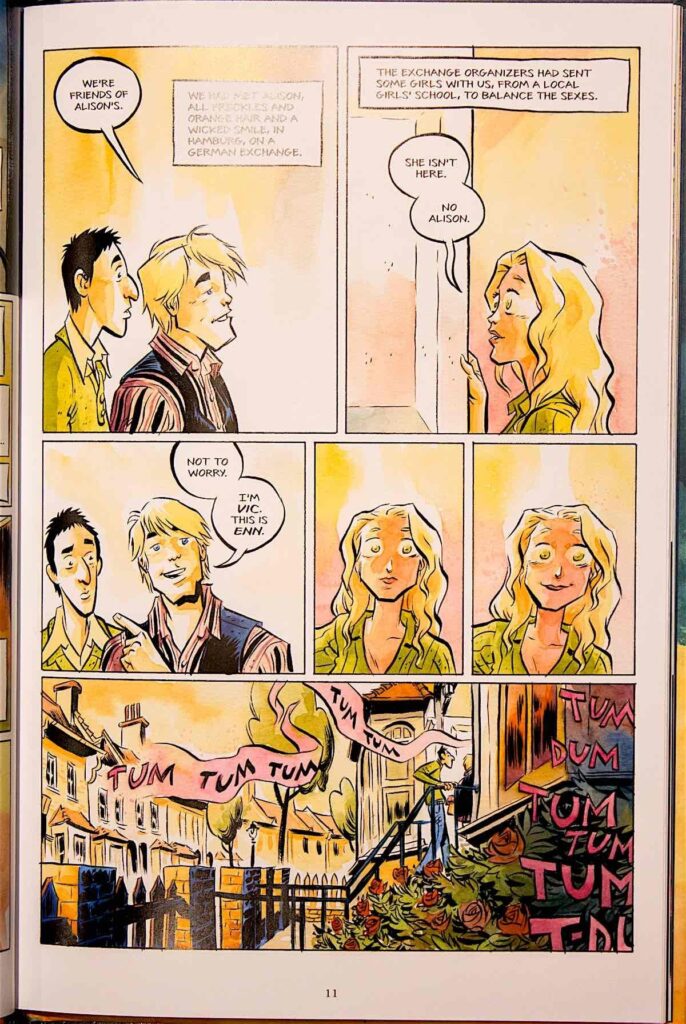
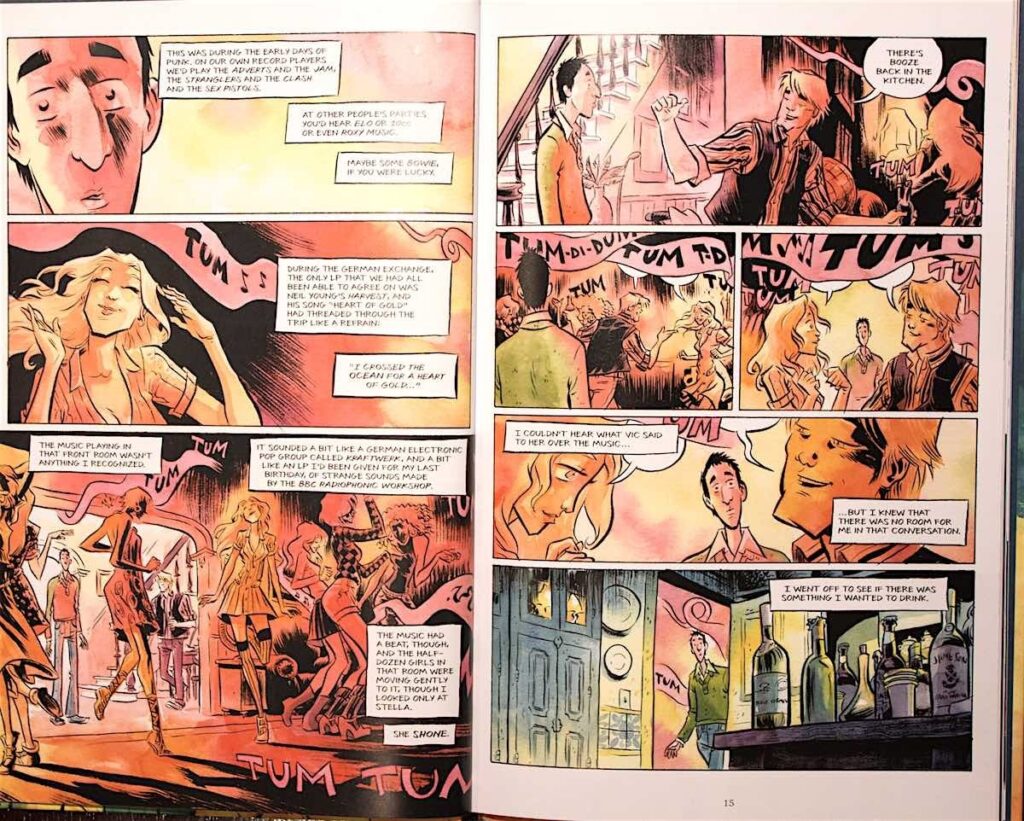
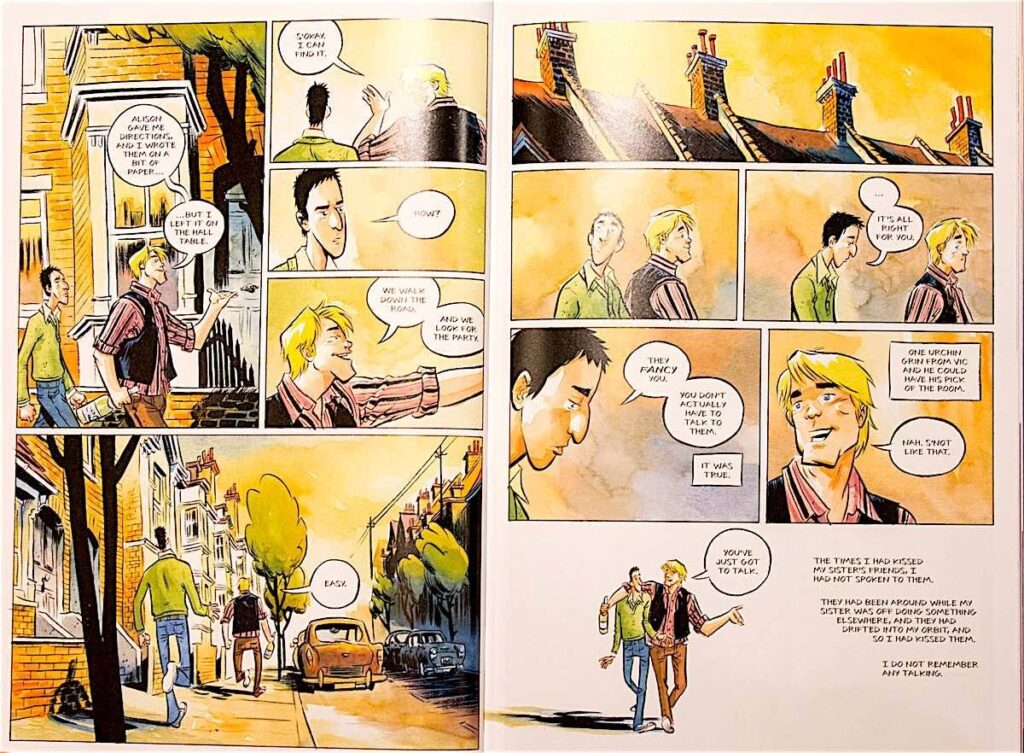
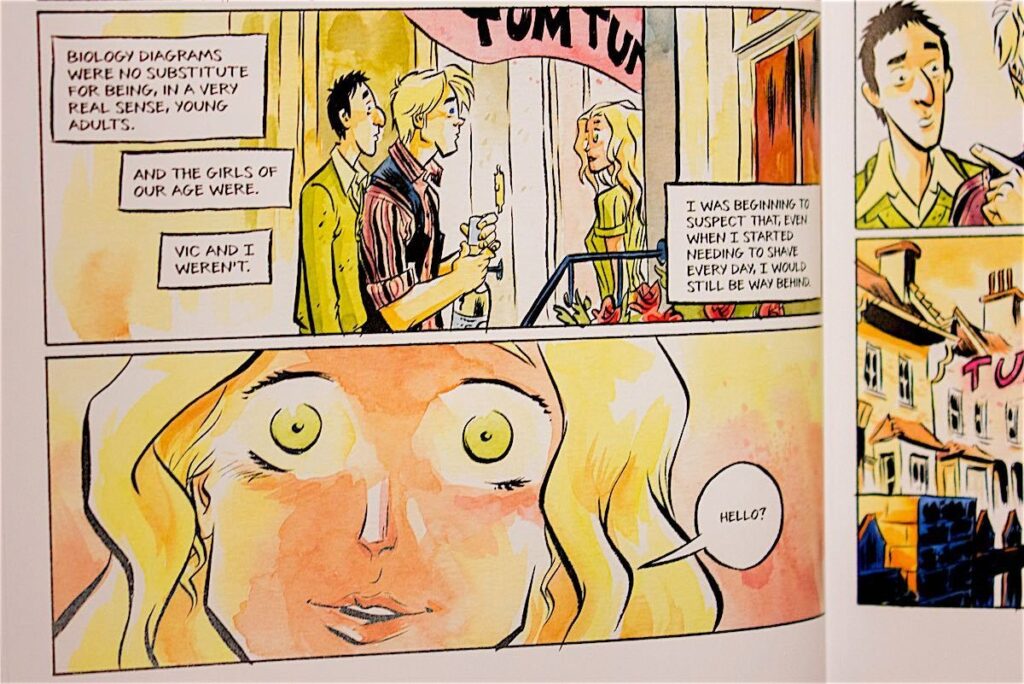
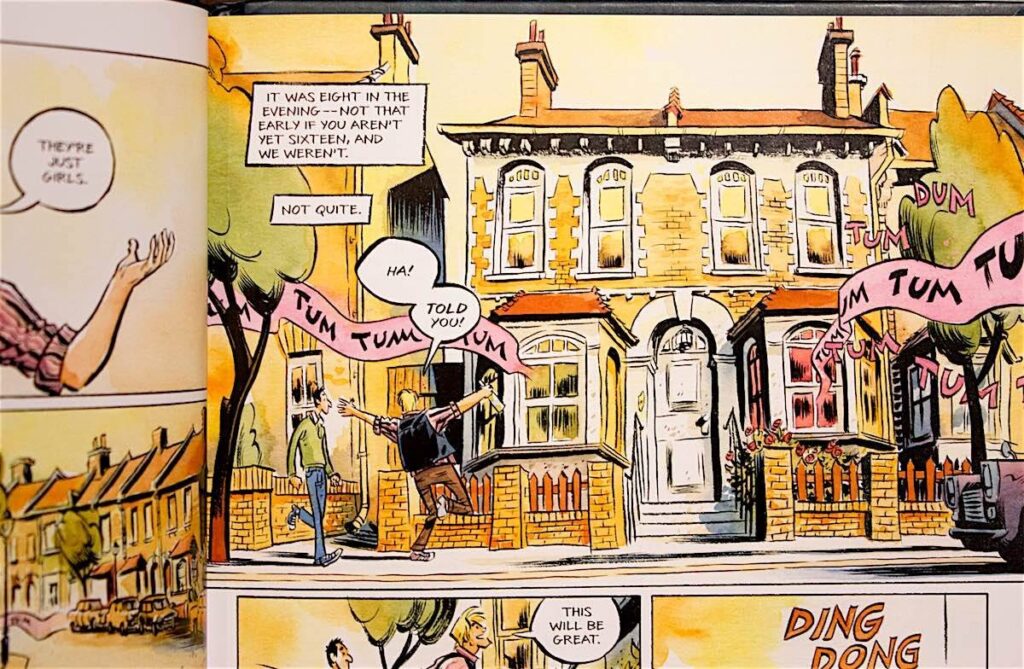
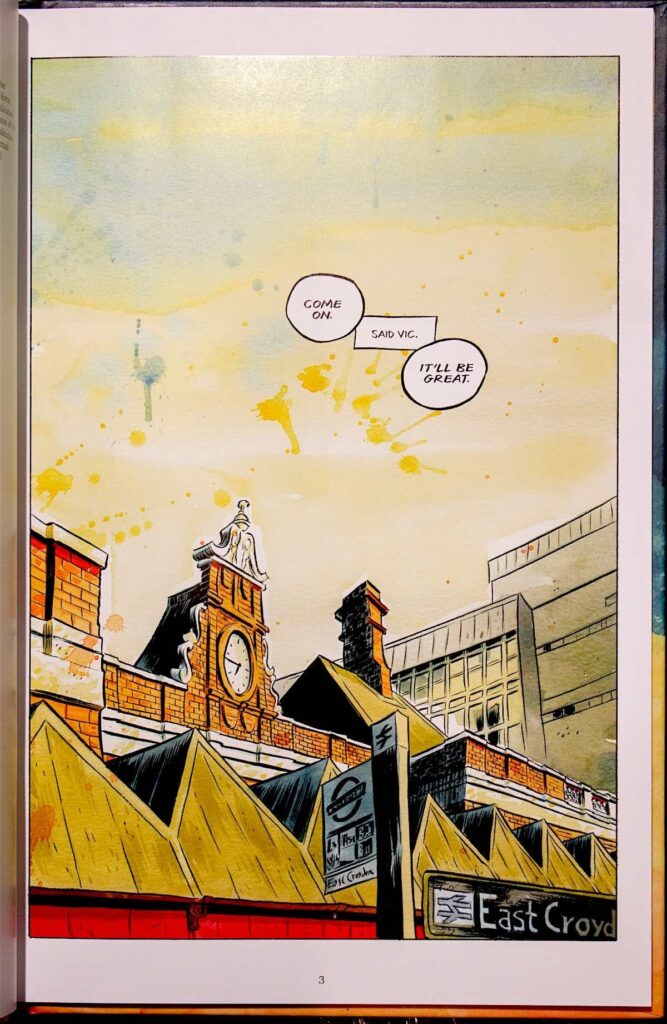
How to Talk to Girls at Parties
by Neiman Gaiman (author), Gabriel Bá (illustrator), and Fábio Moon (illustrator)
Dark Horse Books
2016, 64 pages, 6.9 x 10.5 x 0.4 inches
How to Talk to Girls at Parties is an adaptation of the Neil Gaiman short story of the same name, originally published in his collection Fragile Things. As adaptations go, this one tells the story pretty exactly as it was done by Gaiman. Two teens named Enn and Vic go to a party with the intention of picking up girls. Vic is handsome and confident, while Enn is shy and awkward. Enn doesn’t know how to talk to girls, and this becomes the central problem of the story. His attempts to seem cool and desirable are both humorous and relatable to anybody who has ever tried talking to a potential love interest. As the night moves on, it becomes clear that something is amiss at this party, but exactly what is unknown to Enn, and a little ambiguous to the reader.
I really like this book. At first glance it might seem like an odd choice for a comic – the story doesn’t reach the heights of some of Gaiman’s other work, for example. But it’s short and sweet and so unique. The story is Gaiman at his best in terms of information release and character moments. You’re never completely ahead of the plot and it is so easy to sympathize with Enn’s awkwardness. The charm of the original story was Gaiman’s ability to play with a young man’s feeling that girls were practically another species, and that aspect thrives in this version. In terms of visual storytelling and artistic prowess, Fábio Moon and Gabriel Bá are absolute masters, and I cannot recommend their work here enough. They have an incredible ability to draw worlds that look like reality, but maybe just a few degrees more fantastic. What perfect partners for Gaiman’s work.
How to Talk to Girls at Parties gets my highest recommendation, both for fans of Gaiman and/or Moon & Bá as well as fans of unique sci-fi. It’s a short book you can breeze through pretty quickly, and then immediately restart to find more hints of what’s really going on. A film adaptation directed by John Cameron Mitchell (Rabbit Hole) is set to debut in 2017, so at the very least this interesting comic will prepare you for the film. – Alex Strine
11/18/2517 November 2025
Coral
Tools for Possibilities: issue no. 164
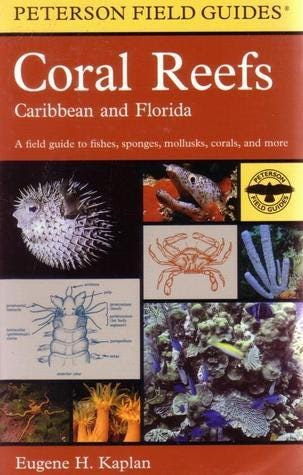
Key to alien life underwater
A few summers ago I spent a week snorkling in the Bahamas. Descending underwater, I had an out-of-the-planet experience. Minute by minute I realized that I was encountering creatures whose general business in life I couldn’t identify. How did they make their living? Animal, plant, or alien? I couldn’t tell. Life is simply far stranger than we can imagine, and no where is that more evident than in the compressed diversity of a coral reef. I needed a Who’s Who to introduce me to the characters of this underworld. The best beginner’s orientation I found was in Peterson’s Guide to Coral Reefs. It’s fine for a start.
Then a diver tipped me off to Paul Humann’s work. Working with 50 professional biologists, Humann has collected pictures and descriptions of Caribbean marine life into three color bursting field guides: Reef Fishes, Reef Creatures, and Reef Coral. These are working identification books used by divers, biologists and taxonomists themselves. (Comes in durable plastic protection cover; includes species life-check list.) Many of the species ID’d are little known. Most are weird. All are beautiful and wonderful. The guides contain a sufficient critical mass of species that you can be confident you actually saw what you think you saw.
The other way I use these: I sit late at night and page through them. My favorite is Reef Creatures, with back up by Reef Coral. I boggle at WHAT’S DOWN THERE. I read the bios. I swoon over the shocking images in full color. I stare. I re-read the bios. I feel holy, blessed.
Humann (and Peterson for that matter) covers the west Atlantic. There is no equivalent portable guide for waters in the rest of our ocean globe that I am aware of. Like Audabon’s masterpiece of birds in North America it can be used and appreciated in other locals. —KK
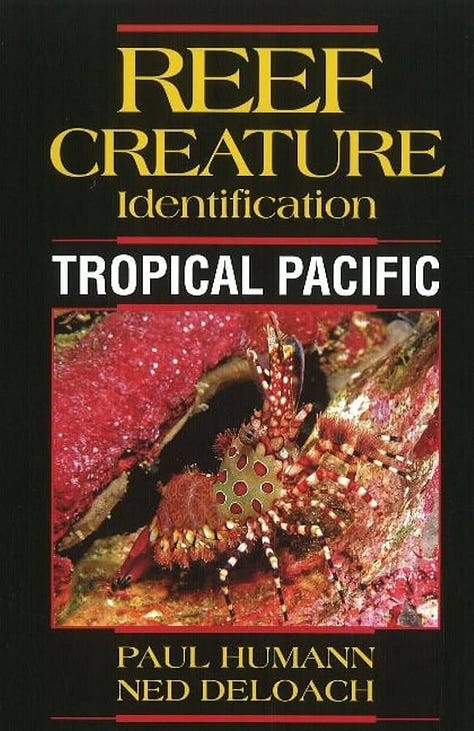
1. Iridescent Tube Sponge, Spinosella plicifera. Dull purple with iridescent light blue overtones.
2. Knobby Candelabra, Eunicea species. Thick, bushy, knobby, yellow-brown branches.
3. Stoplight Parrotfish, Sparisoma viride. Gray with red belly; large scales outlined in black.
4. Crenelated Fire Coral, Millepora alcicornis. Tan, smooth; no visible cups; pointed white branch tips.
5. Large-Cupped Boulder Coral, Montastrea cavernosa. Cups distinct, blisterlike, greenish with bright green centers.
6. Tan Lettuce-Leaf Coral, Agaricia agaricites. Flat leaflike plates with concentric rings of cups in connected valleys.
7. Flower Coral, Eusimilia fastigiata. Yellow or tan; cups large, oval, at ends of short branches.
8. Black Wire Coral, Stichopathes lutkeni. Brown or cream; wirelike. Black corals (antipatharians) are found only in deep water.
9. Pillow Stinking Sponge. Ircinia strobilina. Gray; large pointed warts.
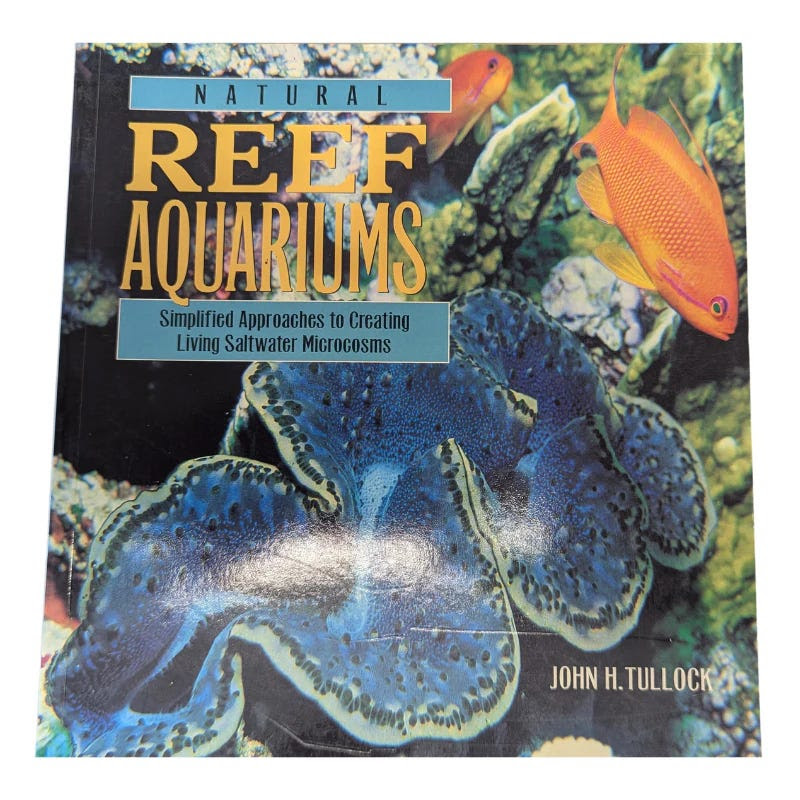
Intense underwater gardening
The folks who know the most about reef ecology are the amateur reefers. These passionate hobbyists explore the essentials of marine life by creating artificial salt-water reefs at home. They can cram an amazing diversity of species – sponges, coral, mollusks, fishes — in a few square meters. The coolest residents are the invertebrates.. So much of this craft is like high-performance gardening. You’ve got grow-lights, pumps, salts, and lots of technical gear. Technology makes the chores not much more difficult than keeping fish. To handle this complexity, though, and the whims of dazzlingly strange creatures, veteran amateurs point to this book as the most helpful. The author stresses using the proper mix of reef organisms to filtrate the water without unneeded mechanics. He guides novices easily through sophisticated methods, keeping it as “natural” as possible. Because home reefer enthusiasts are so attuned to the life cycles of their captives, I learned more about marine life from here than any other source. — KK
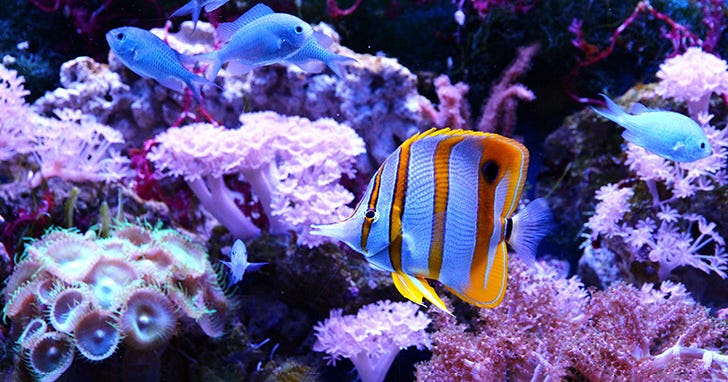
- Your grandfather, perhaps 100 years ago or so, could only imagine what wonders the world beneath the sea might contain. Your father could follow the exploits of the first explorers of the undersea realm and could just begin to see and experience the explosion of life on a coral reef. But you and I, we can not only visit this world whenever we wish, but we can also capture a small part of it in an oceanic microcosm of our own making in our own homes.
- Even in the most northerly regions, an aquarium placed in direct sunlight can overheat. Aquarists should avoid placing the aquarium in a sunny window, as seasonal fluctuations in temperature in such a location will make maintaining the correct water temperature a challenge. Artificial lighting, for most home situations, is the better choice, being more controllable, predictable, and programmable for the most convenient viewing period.
- Alternatively, organisms from deeper waters, or specimens that have languished for too long in dim light, may have ceased production of protective pigments. When these specimens are then placed under bright lights, the effect is similar to that experienced by someone who, having spent a long winter indoors, rushes out on the first sunny day and spends an afternoon sunbathing. I believe that the alleged burning of corals by metal halide lights can be attributed to a lack of understanding of how these organisms respond to light and not to any inherent detrimental effect of the lights themselves.
- One of the more vexatious challenges, even for experienced reef keepers, is the appropriate placement of corals within the aquarium. Finding just the right level of light intensity and water motion can mean the difference between a specimen that thrives and grows, showing full polyp extension and brilliant coloration, and one that leads a lackluster existence, with polyps retracted or shrunken, dull coloration, and no growth.
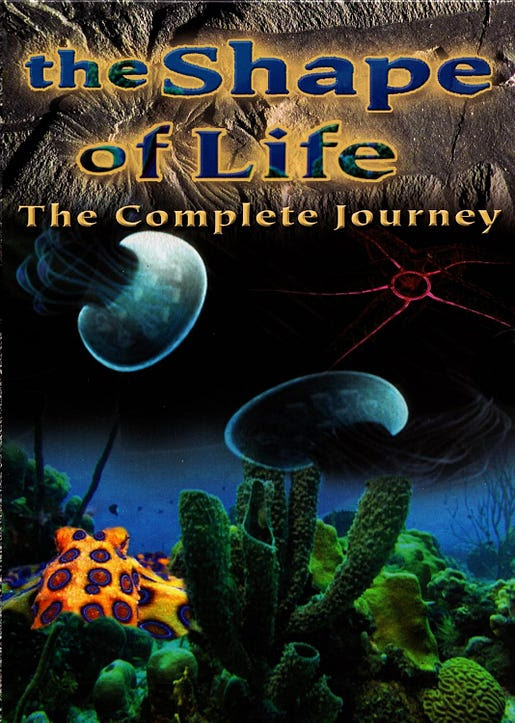
Presents life’s full diversity
This 8-part (4 DVD set) series is a National Science Foundation/PBS production that is the most taxonomic of any presentation I’ve seen. The Shape of Life addresses the 8 major categories of animal life — phylum by phylum. Starts with sponges, heads toward round worms, and so on. You get the full diverse view of life — all intelligently organized around a taxonomic framework (without the vocabulary), and expertly illustrated with great (mostly undersea) BBC-type footage. Despite the wonderful nature photography, the creators work really hard to convey the innovations offered by each phylum, and it works. This series cured me of a rather vague notion of animal diversity, despite my work at All Species. I’d love to ingest the same mind-opening treatment for the plant world, as well as the other 3 kingdoms. — KK
Once a week we’ll send out a page from Cool Tools: A Catalog of Possibilities. The tools might be outdated or obsolete, and the links to them may or may not work. We present these vintage recommendations as is because the possibilities they inspire are new. Sign up here to get Tools for Possibilities a week early in your inbox.
11/17/2516 November 2025
Colors of Asia / book.sv / Compression bags
Recomendo - issue #488
Colors of Asia
I am releasing my brand new book: Colors of Asia. In it I present some of my favorite scenes from Asia, but instead of being arranged geographically, they are entirely arranged by color—a whimsical way of paying attention. Out of the dozen books I’ve made, I had the most fun making Colors of Asia. It was a blast to put together, and it made me smile the whole way. The book is exuberant, unique, life-affirming, exploding with color and strangeness—and special for me, it is short (144-pages) and portable (standard hardcover size). Colors of Asia covers the same territory as Vanishing Asia, but with a much lighter touch, and a much more affordable price. This is the book for travel enthusiasts, photography lovers, designers seeking inspiration, and anyone interested in Asian styles. I am not trying to maximize the possible profit for this book; Instead, I am trying to serve my 1,000 true fans. So I am limiting the production run to only 1,000 copies. Once they are gone, it’s gone. I have set up a small-time shop on Shopify to distribute Colors of Asia ($35). Pre-order now, and the hardcover, ink-on-paper books will be shipped starting early December. Sadly we can only send books to US addresses. More about the book here. — KK
Space-saving bags for travel
I think I can retire my packing cubes—recently, I fit two weeks’ worth of clothing into a carry-on using just four of these compression bags. No vacuum or pump needed: just roll to compress and shrink your clothes. I even had enough room to bring back gifts from my trip. The 10-pack set includes three different sizes, is reusable, and costs only $10. — CD
Recommended reading
book.sv, is a free book recommendation engine built by scraping 43 million Goodreads users. I entered about ten favorite books, and the results impressed me. It surfaced other books I’ve read and loved, validating its taste-matching algorithm. More exciting were the new titles it suggested: intriguing picks I hadn’t encountered before (like Black Wings Has My Angel by Elliott Chaze). Unlike Goodreads’ algorithm, this feels like getting suggestions from someone who actually understands my reading taste. — MF
Essential apps for China
I just returned from another intense two weeks of travel in China so I’ve put together a document with all the most essential apps I needed there; I wished someone had told me about them before I left. I encourage everyone to visit China now that it is moving so fast, but you need a different set of apps to get around. Here are my 9 essential apps for independent travel in China. — KK
Radical acceptance for daily annoyances
When small things go wrong—spilled coffee, traffic jams, stubbed toes—we often think “this shouldn’t be happening!” Psychologist Patricia Zurita Ona suggests a better way, based on a therapy method called ACT (acceptance and commitment therapy) that separates unavoidable pain (the actual problem) from avoidable pain (getting upset about it). Her three-step approach: Notice what you’re feeling in your body (tight stomach, racing heart). Name it: “I’m frustrated.” Ask yourself: “Will my reaction serve me later on or help me live the way I want to live?” This isn’t about liking what happened — just not making it worse by fighting reality. — MF
Prompt to translate menus
I’m one of those people who loves to look up the menu before arriving at a restaurant, but I often get confused by menus full of complex food jargon. Now, I use AI to translate them for me. My go-to prompt: “Translate this menu into simple, everyday language and describe the taste and flavors of each dish.” This has even helped me become more adventurous and order dishes I’d normally avoid. — CD
Sign up here to get Recomendo a week early in your inbox.
11/16/2513 November 2025
US Airport Mayhem/NewLife Estimator/Remote Locker Pickups
Nomadico issue #179
Avoid Non-essential USA Air Travel
The longest US government shutdown in history is still going, with the president breaking his own previous record, and as with the last long run, it’s creating havoc for unpaid airport workers and thus airline travelers. It’s only going to get worse, unfortunately. Starting Friday, the FAA will reduce air traffic by 10% in 40 markets, so you might want to pull up Amtrak.com or your favorite rental car site if you must travel in the United States. And make sure you’ve got travel insurance that covers delays and cancellations. (I just signed up for AirHelp+ too for good measure since I have 4 upcoming flights, getting a discount with Nomadico code AHTPO9.)
Estimating Living Costs Abroad
Mark F. from Recomendo sent this NewLife moving calculator site for those who are looking to relocate and it’s fun to play around with. You put in the city you are moving from and the city you are thinking of moving to, as well as any language proficiencies, and it spits out AI info with the pros and cons, as well as what the cost difference will be like. It says a move from Nashville (USA) to Seville (Spain) would drop an average single person’s expenses by $1,300 a month, thanks in part to a halving of rent costs. A move from Toronto to Chiang Mai in Thailand would mean a monthly living expenses drop of nearly $2,700 Canadian dollars.
The Art of Combining Light Packing With Downsizing
Here’s a hack I’ve used that I hear many frequent travelers mention as a way to keep the suitcase from getting overstuffed. If you’re going to get rid of something in your closet, like a pair of shoes, a shirt, or pants, then wear the item(s) on your next flight or pack them. Then ditch them after you’ve worn them a few times in the destination, lightening your load for the remainder or the return. (Or making space for new purchases.) Donate if the item is still nice, otherwise trash it abroad like you would have done at home anyway.
Amazon Locker Pickups
If you’re nomadic and are only in the USA now and then, Amazon’s locker service is a good way to receive packages in whatever city you will be in. I used it in Las Vegas recently and it was super easy. I just chose a delivery address from many available—in my case outside of a convenience store near my hotel—then I got alerted by email when the delivery was there. They send a UPC code and a number code and when you enter the info, the locker opens and you get your goods. No local residency needed. See more info here.
A weekly newsletter with four quick bites, edited by Tim Leffel, author of A Better Life for Half the Price and The World’s Cheapest Destinations. See past editions here, where your like-minded friends can subscribe and join you.
11/13/2512 November 2025
What’s in my NOW? — Rob Ray
issue #230
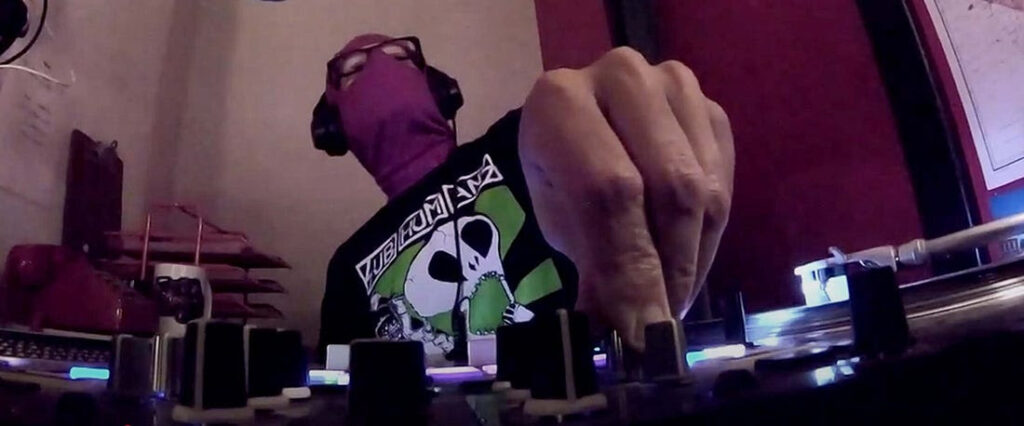
Rob is a founding DJ at KDZU, a tactical mythmaking radio station broadcasting from Los Angeles, Goldfield, and other undisclosed sites. Rob is also KDZU’s primary investigator, researching the histories of OMSA [Our Magic Seeks Answers], a Memphis, Tennessee-based anarchist collective that disbanded in 1994. — Rob Ray

PHYSICAL
- “Seed Needs” 5-pack of Morning Glory Seeds. Morning Glories have been very satisfying to grow. They grow quickly, are amazingly colorful, and have done an excellent job surviving in the Southern California heat. I have a terrible time growing things, but these have been great. They are the best $9 I’ve spent all year.
- Lufkin 3m / 10’ Power Tape. This small tape measure has been a great way for me to practice using the metric system more often. It features both inch and cm measurements, is very pocket-friendly, and costs just four dollars!
- I teach a computer-aided design (CAD) course and use several Bambu Labs A1 Mini 3D printers in my teaching. They have performed exceptionally well, and students are very enthusiastic about them. Over the past decade, I’ve tried various 3D printers, and this one consistently surprises me with its reliability. It is priced inexpensively, at $250 on their website, making 3D printing more accessible for students after graduation.
DIGITAL
- Plasticity is a Computer-Aided Design (CAD) tool I use for 3D modeling. It has a bridge tool to import from Blender and does not have the complexity of “industry standard” CAD tools. It is also priced as a “pay once” software tool. No monthly fees. Students are eligible for a free academic license.
- Godot is an open-source 2D and 3D gaming engine that is growing rapidly. I use the tool for creating augmented-reality applications.
INVISIBLE
Drexciya is a mythic, Afrofuturist world imagined by Detroit’s electronic musicians, James Stinson and Gerald Donald, in the early 1990s. They envisioned an underwater kingdom born from the Middle Passage, where the unborn children of enslaved women thrown or lost to the sea adapted to breathe underwater and created their own autonomous world.
For me, this mythology is incredibly powerful because it transforms a history of violence and loss into one of survival, resilience, and imagination. In a time of unrelenting crisis and uncertainty, Drexciya reminds me that we can dream and build new worlds while also living in an unrelenting nightmare.
Sign up here to get What’s in my NOW? a week early in your inbox.
11/12/2511 November 2025
Only What’s Necessary / The White Donkey
Issue No. 92
ONLY WHAT’S NECESSARY – A WHOLE LOT OF PEANUTS AND SCHULZ STUFFED INTO ONE VOLUME BY CHIP KIDD

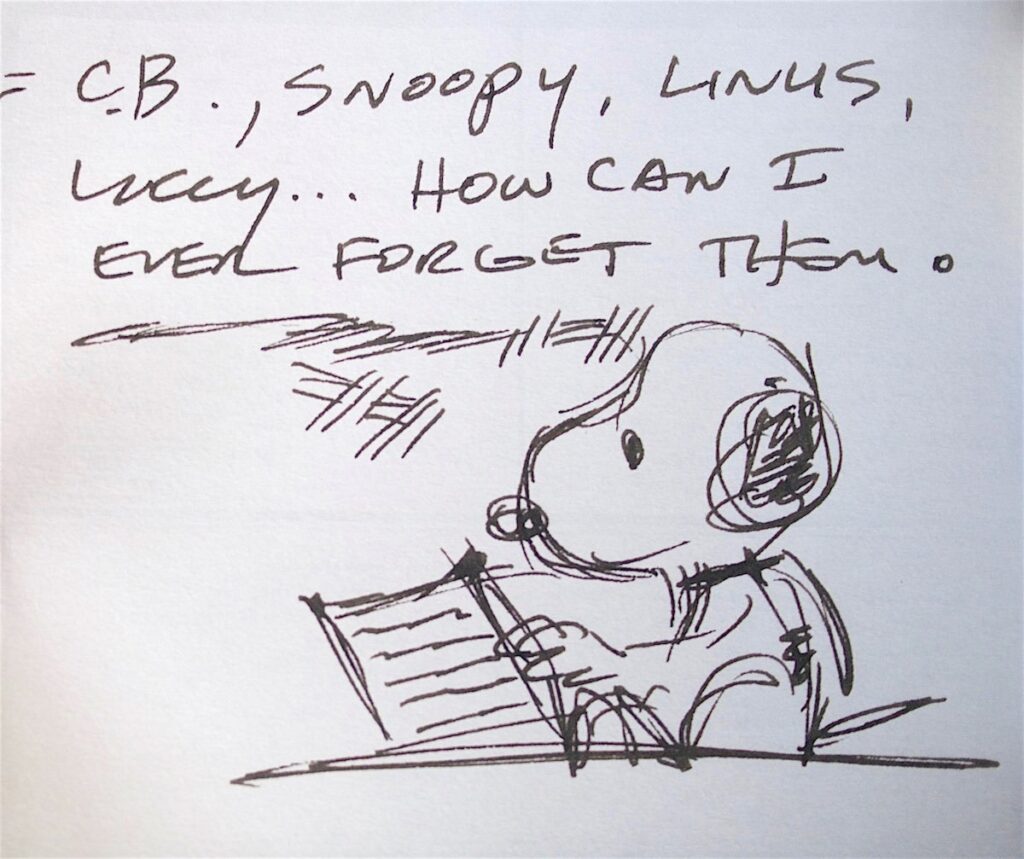
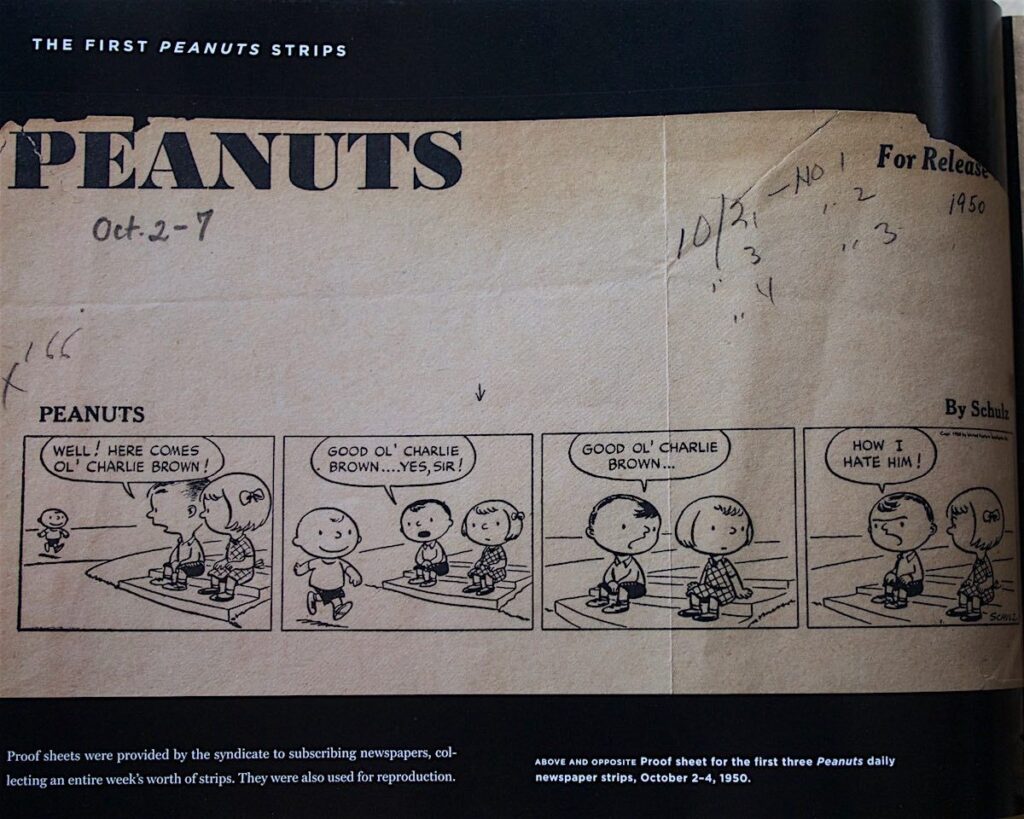
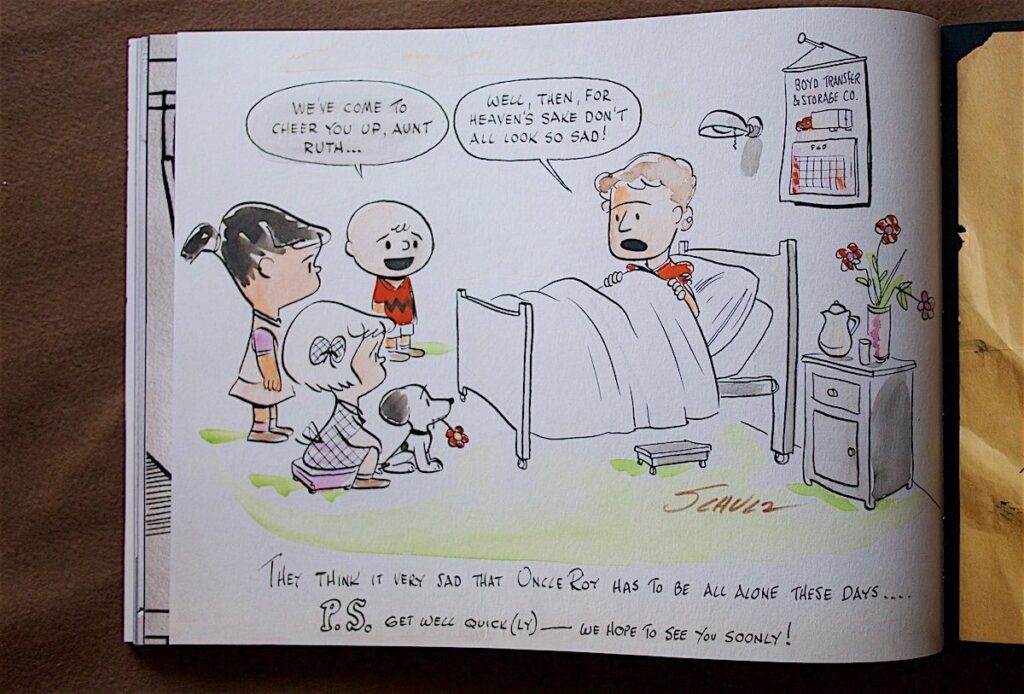
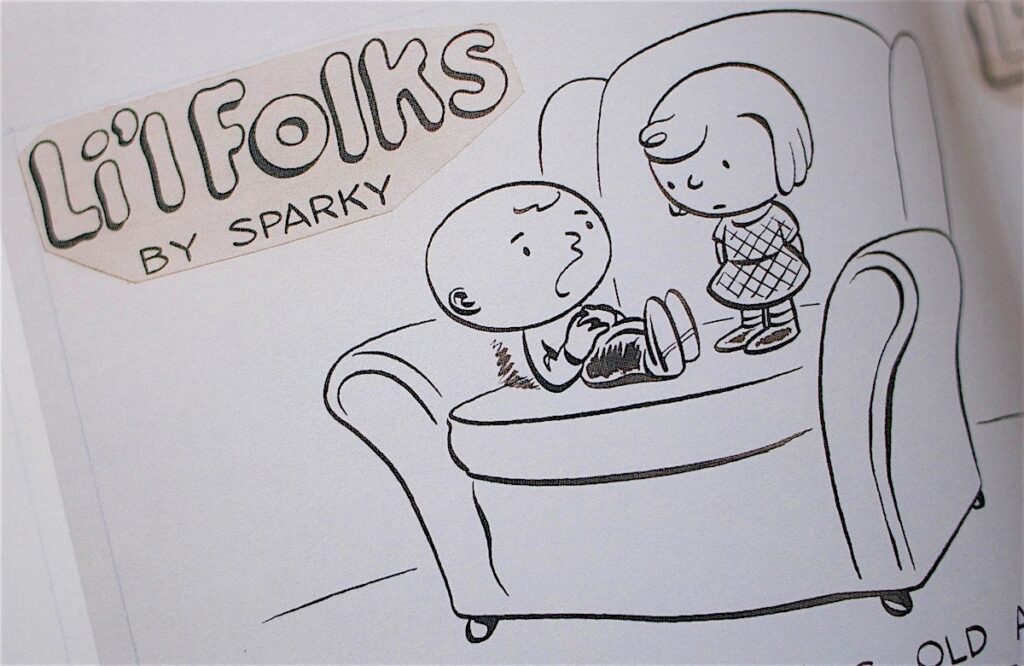

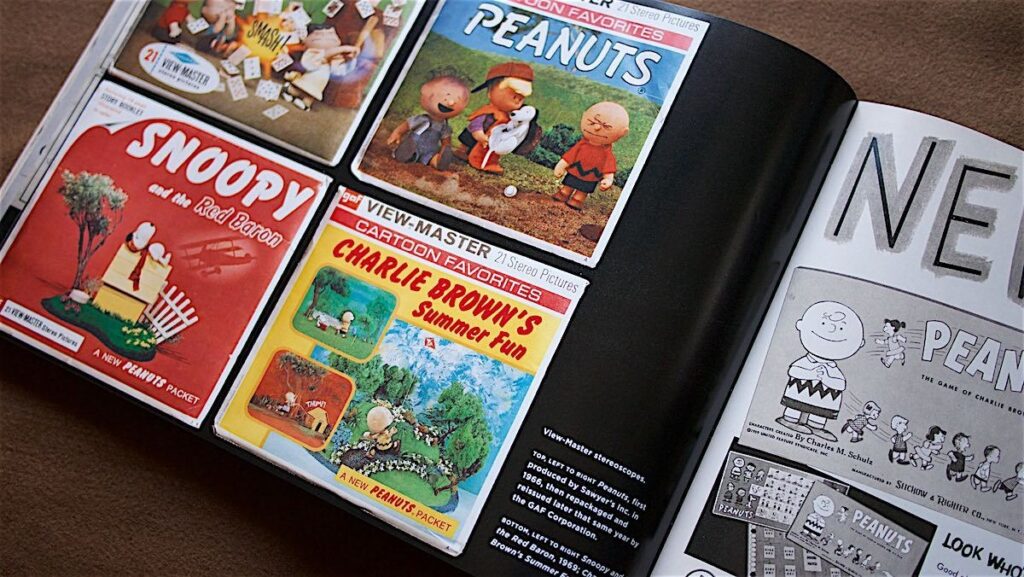
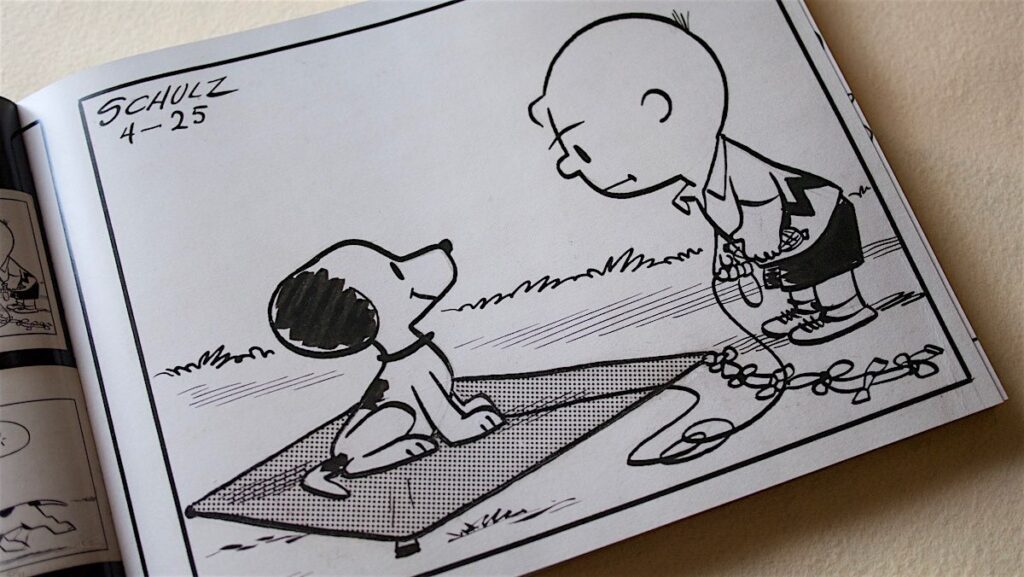
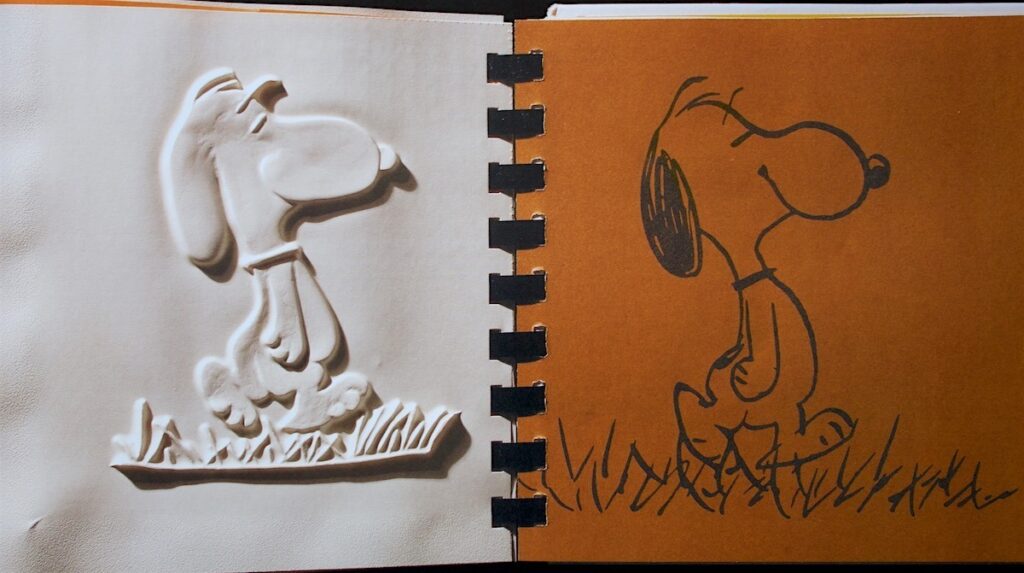
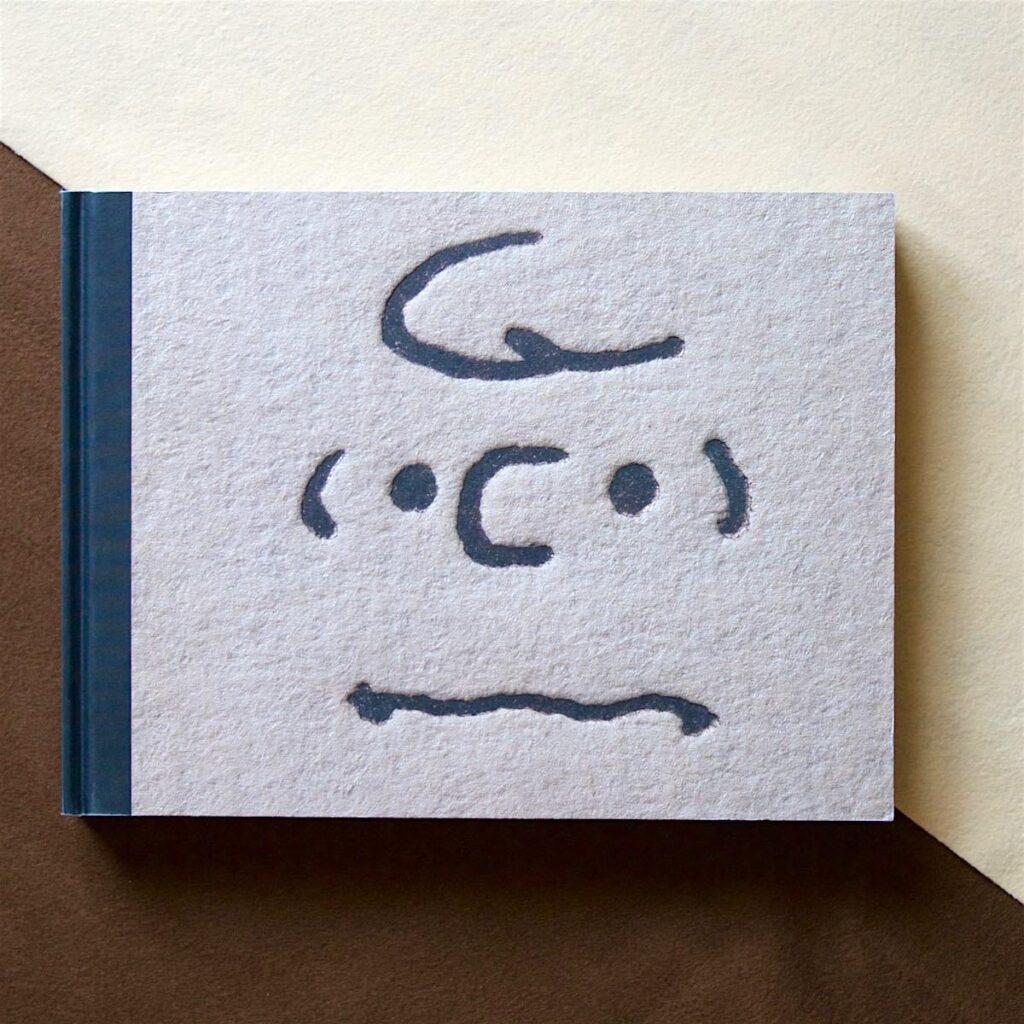
Only What’s Necessary: Charles M. Schulz and the Art of Peanuts
by Chip Kidd (author) and Geoff Spear (photographer)
Harry N. Abrams
2015, 304 pages, 12 x 9 x 1 inches
Here’s a quick list of everything to be found in Chip Kidd’s Only What’s Necessary: Charles M. Schulz and Peanuts:
Intro by Jeff Kinney
Foreword by Jean Schulz
“Behind the Door” by Karen Johnson (Director of the Schulz Museum in California)
Preface by Chip Kidd
Brief biography of Sparky Schulz, including pictures of his first published drawing in Ripley’s Believe it or Not
Photos & drawings of and from Schulz’s WWII Sketchbook
Early cartoons Schulz drew for the Saturday Evening Post
Schulz’s first printed comic strips (1947)
Li’l Folks strips
Peanuts strips
Process of drawing Peanuts
Rare, unfinished strips
Subscriber promotions for newspaper editors
Ads for Peanuts coloring books, viewmaster collections, color by numbers kits, candy bars, etc.
Pictures of the Peanuts board game
Vinyl dolls
Covers from the first collections
Advertisements featuring Peanuts characters
Braille editions
Correspondence with Harriet Glickman resulting in the creation of Franklin
Unpublished watercolors & other art
Intros and backstories for other characters (Spike, Woodstock)
“The Last Strip” by Paige Braddock (Creative Director at the Schulz Studio in California)
There is, in other words, a whole lot of stuff packed into this one single volume of ephemera. And it’s a heck of a package. Heavy, glossy pages bring out the differences in color between hand-drawn strips and their pasted-on title cards as well as the fine printing notes scribbled in the margins. Likewise, the color printing serves to show that these are photographs of the original strips and artwork rather than digital reproductions or post-processed scans.
The attention to detail and care that has gone into curating this book is obvious, considerable, and welcome. Special effort is made to not only display the various pieces of ephemera but to provide context for them. It’s easy to get lost in little stories and minutia detailing phenomena from a time gone by; I’ve been through the book several times now, each time going down one rabbit hole or another, becoming fascinated by some aspect or another of the Peanuts story that began (and sometimes ended) well before I was born.
Said aspects are fascinating (the production process), interesting (the board games and braille books), weird (the vinyl dolls), and, of course, just a little heartbreaking (the final strip), and served well by the top notch production values and curation. But I’m biased.
The title comes from Schulz himself, who referred to his cartooning style as keeping only what’s necessary. The designers of the book have equated this to simple, which is beautiful and eye-catching. But necessary can also mean everything: every line needed to show the characters’ feelings and reactions, every word needed to express the artist’s vision, every single thing needed to show why we still need Charlie Brown, Snoopy, Linus, and Lucy now, and for many years to come. – Joel Neff
THE WHITE DONKEY – FROM THE ONLINE COMIC SERIES ABOUT THE EXISTENTIAL CRISIS OF A MILITARY EXPERIENCE
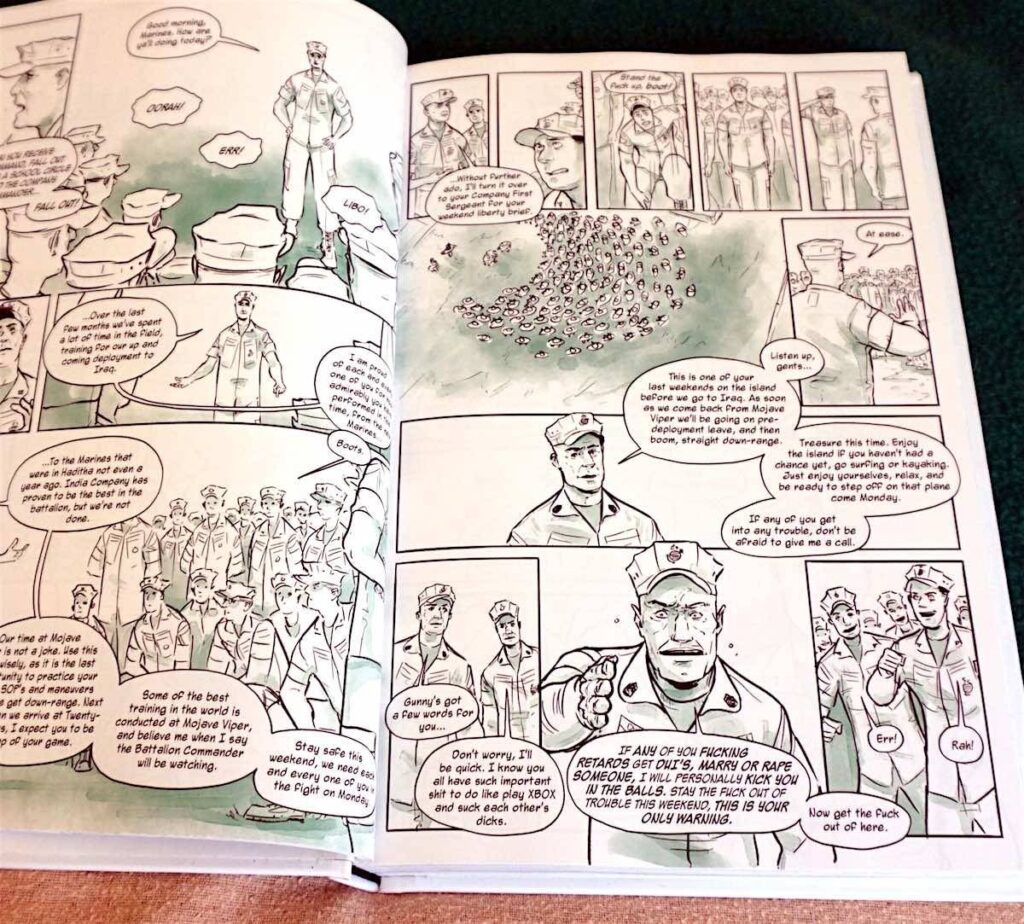
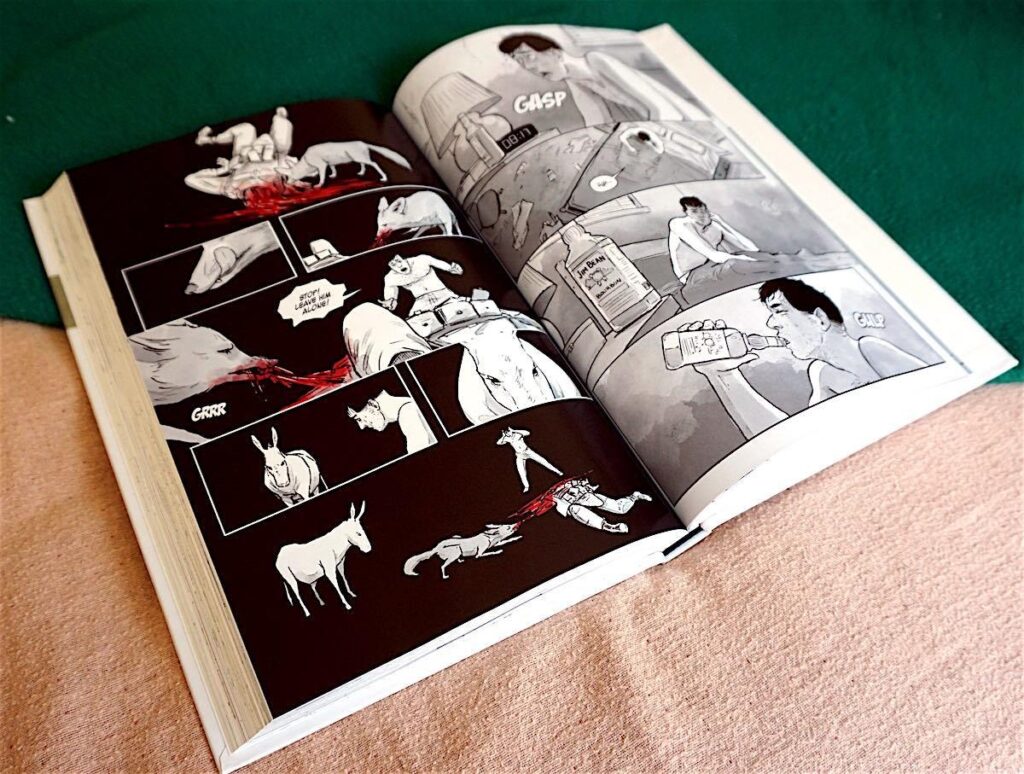
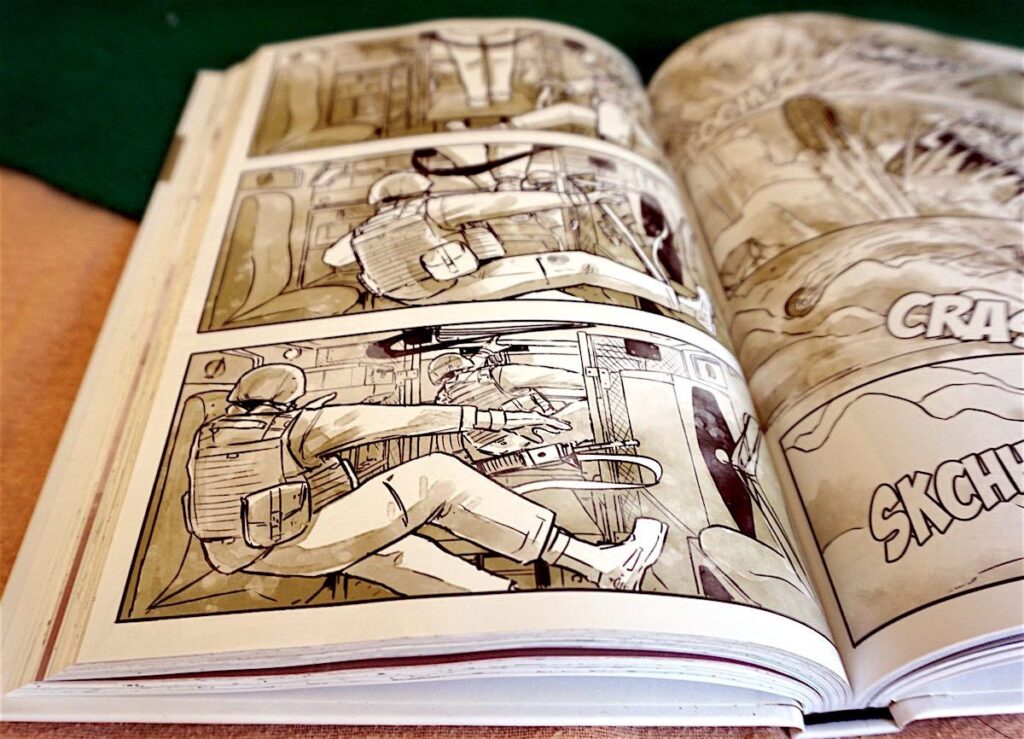
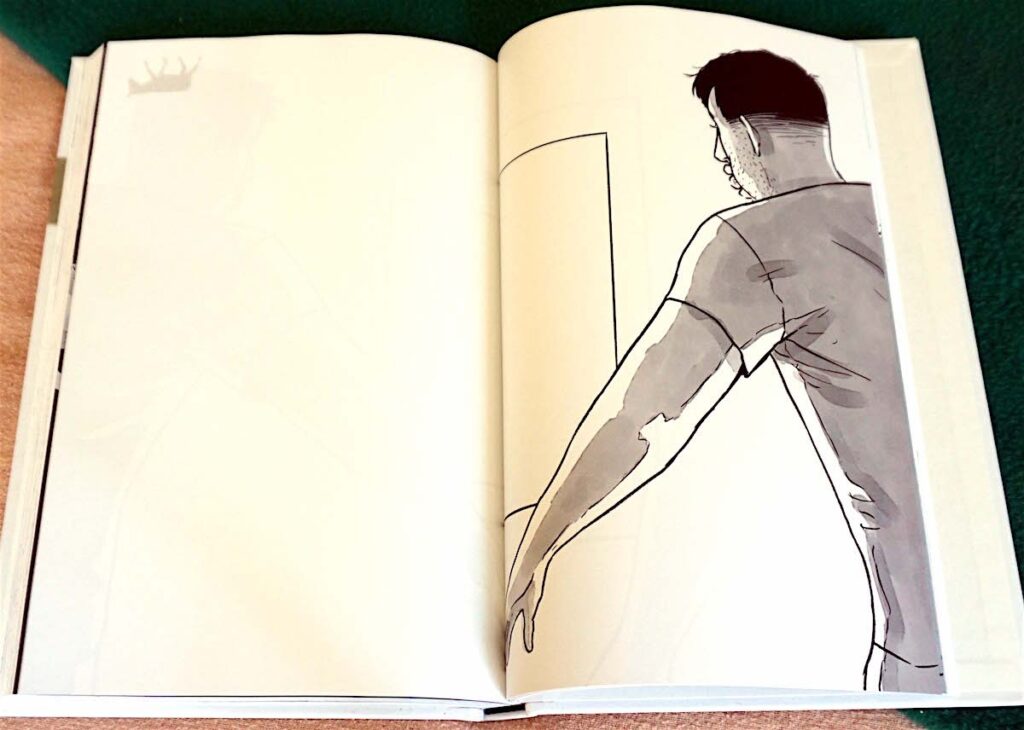
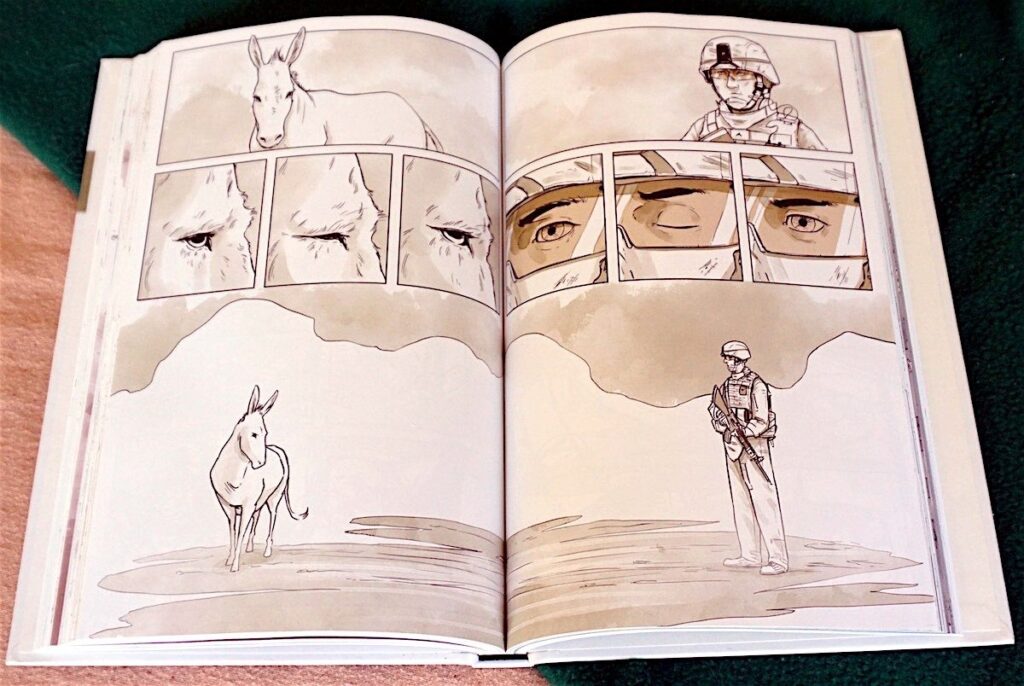
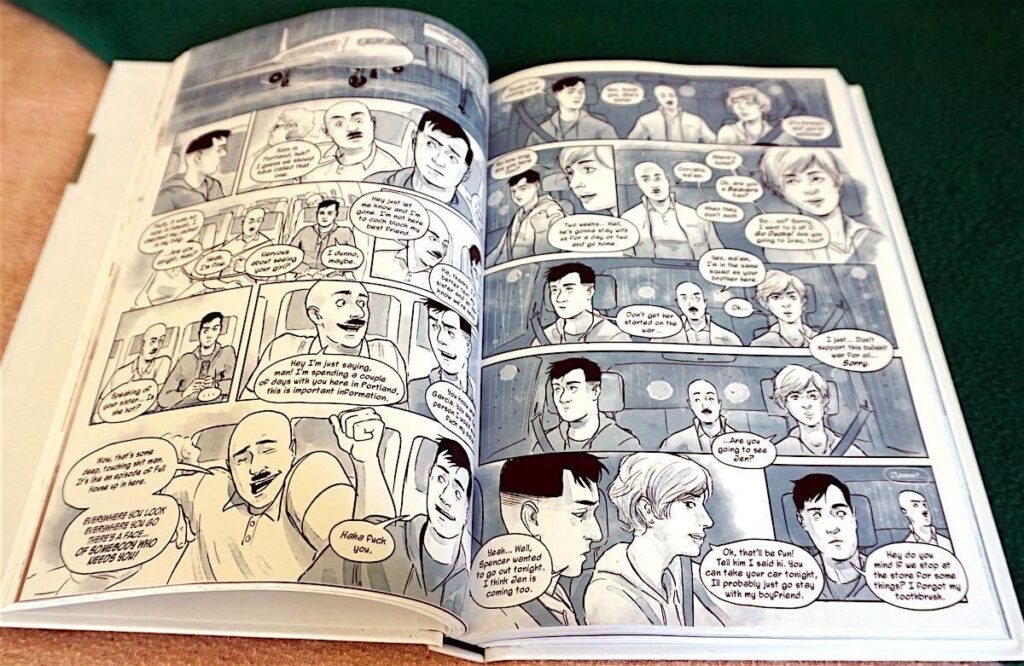
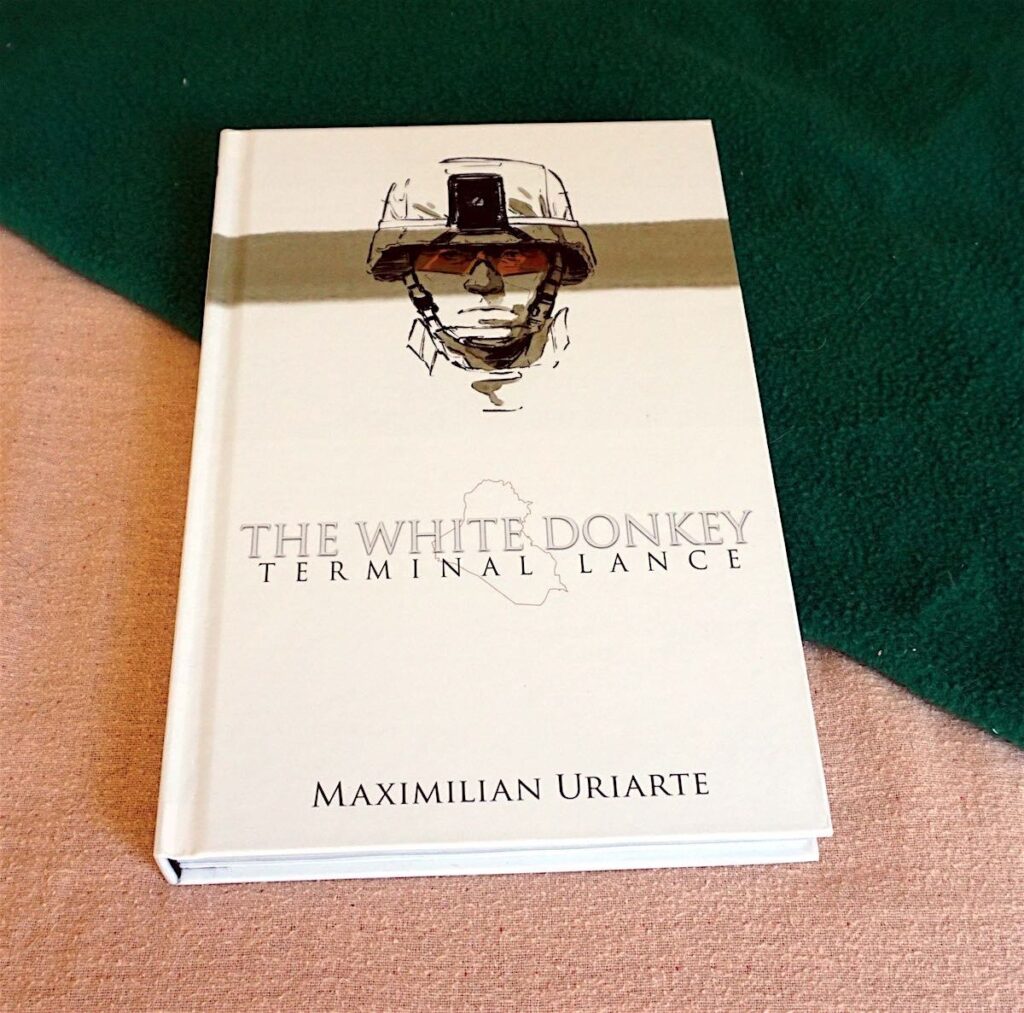
The White Donkey: Terminal Lance
by Maximlian Uriarte
Little, Brown and Company
2016, 288 pages, 7 x 10.5 x 1 inches
Maximillian Uriarte served four years in the Marine Corps infantry and went on two combat deployments to Iraq. While on active duty, he created an online comic strip, Terminal Lance, which grew from a small following to being published in official armed forces publications. In The White Donkey, which he calls his “thesis project,” he tells a story about the existential crisis of the military experience and what it means to enlist during a time of war. Subjects like hazing and PTSD are covered in the course of the story as he explores what might drive a Marine to suicide.
We follow Abe, a young, white middle-class kid who enlists after high school for want of a direction, trying to find something better to do with his life. He makes a friend in another “grunt,” Garcia, who’s there because there are no better paths for him. The contrast is stark. Garcia: “I didn’t have shit else going for me, you know? I was with the wrong crowd a lot, I’d probably be in prison by now if not here.”
Abe’s privilege is shown by his encounter with an Iraqi policeman who tells him: “I have met many of your type over the last few years, coming here to fulfill some personal conquest, but you never stop to think about how arrogant you are. You seek some enlightenment at the expense of my people.” The story follows Abe through training, his experience of the tedium of war, his need for validation and legitimacy in the eyes of fellow Marines, and finally, the horror of combat and the alienation of the returning veteran into his previous society. There are encounters with the locals, mistakes made, and the surreal encounter with the White Donkey, which holds up an entire column of armored vehicles as it plods slowly along in the middle of the road.
The art employed in The White Donkey is minimalist, stylized and realistic. Uriarte makes excellent use of color and story-board style to convey dramatic scenes. He makes use of color washes to separate different episodes of the stories. The pages of boot camp and training in Hawaii is a verdant green, Abe’s trips back to the civilian life is rendered in shades of blue-gray and the scenes in Iraq are in shades of brown and olive. White space is deliberate and used to great effect.
The language is punctuated with frequent profanity and the story is spiked with humor that is at times bitter and obscene. In other words, situation normal for a story set in today’s armed forces. This book hits you right in the gut. If you’ve ever wondered what it’s like to serve in the Marine Corps and the experience of deployment in a war-torn country like Iraq, this book will help you understand. – Carolyn Koh
11/11/25ALL REVIEWS
EDITOR'S FAVORITES
COOL TOOLS SHOW PODCAST
WHAT'S IN MY BAG?
12 November 2025
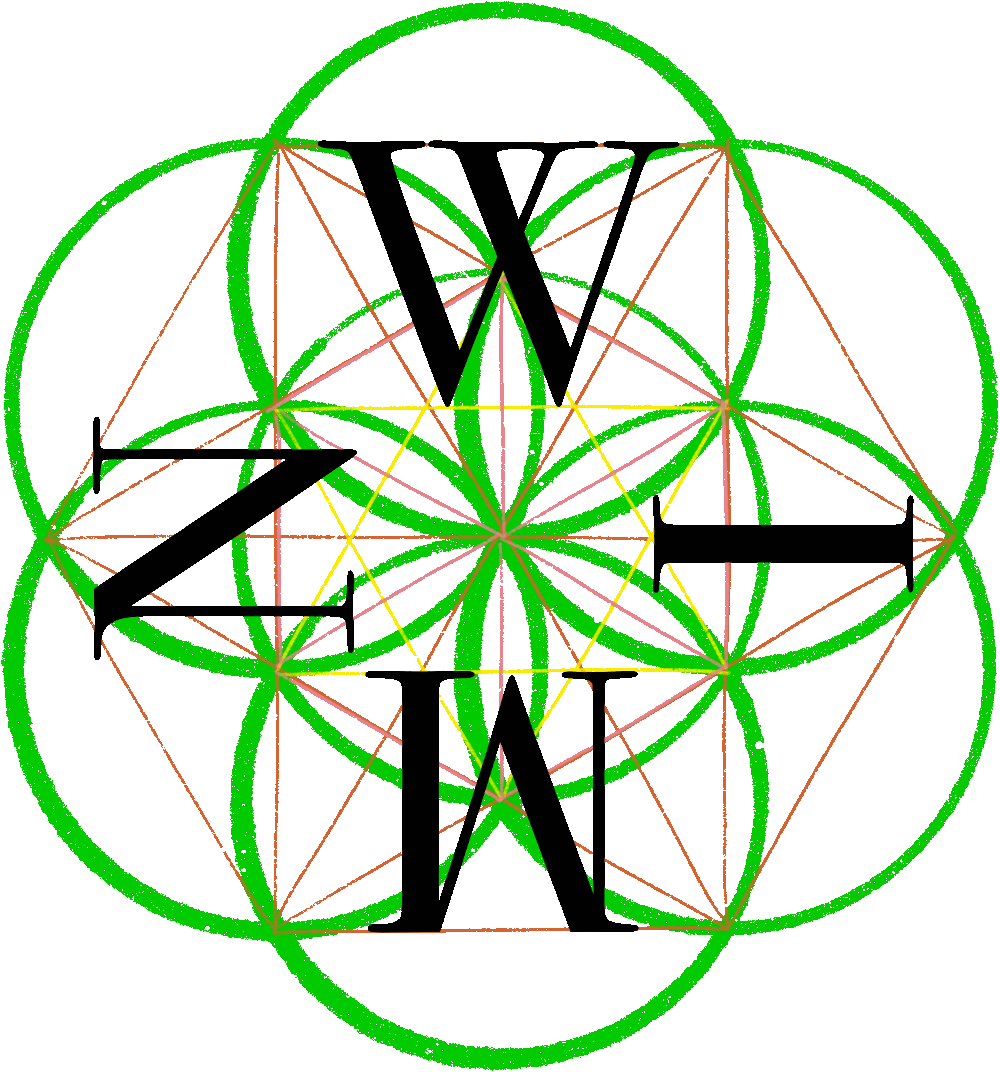
ABOUT COOL TOOLS
Cool Tools is a web site which recommends the best/cheapest tools available. Tools are defined broadly as anything that can be useful. This includes hand tools, machines, books, software, gadgets, websites, maps, and even ideas. All reviews are positive raves written by real users. We don’t bother with negative reviews because our intent is to only offer the best.
One new tool is posted each weekday. Cool Tools does NOT sell anything. The site provides prices and convenient sources for readers to purchase items.
When Amazon.com is listed as a source (which it often is because of its prices and convenience) Cool Tools receives a fractional fee from Amazon if items are purchased at Amazon on that visit. Cool Tools also earns revenue from Google ads, although we have no foreknowledge nor much control of which ads will appear.
We recently posted a short history of Cool Tools which included current stats as of April 2008. This explains both the genesis of this site, and the tools we use to operate it.

